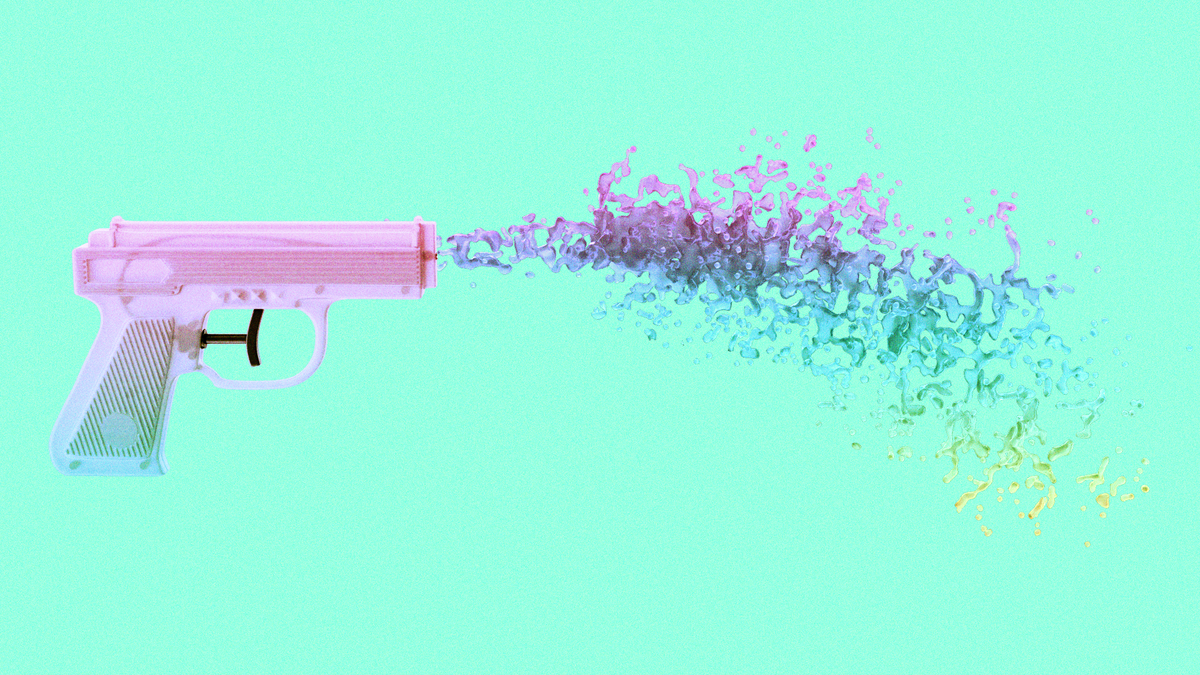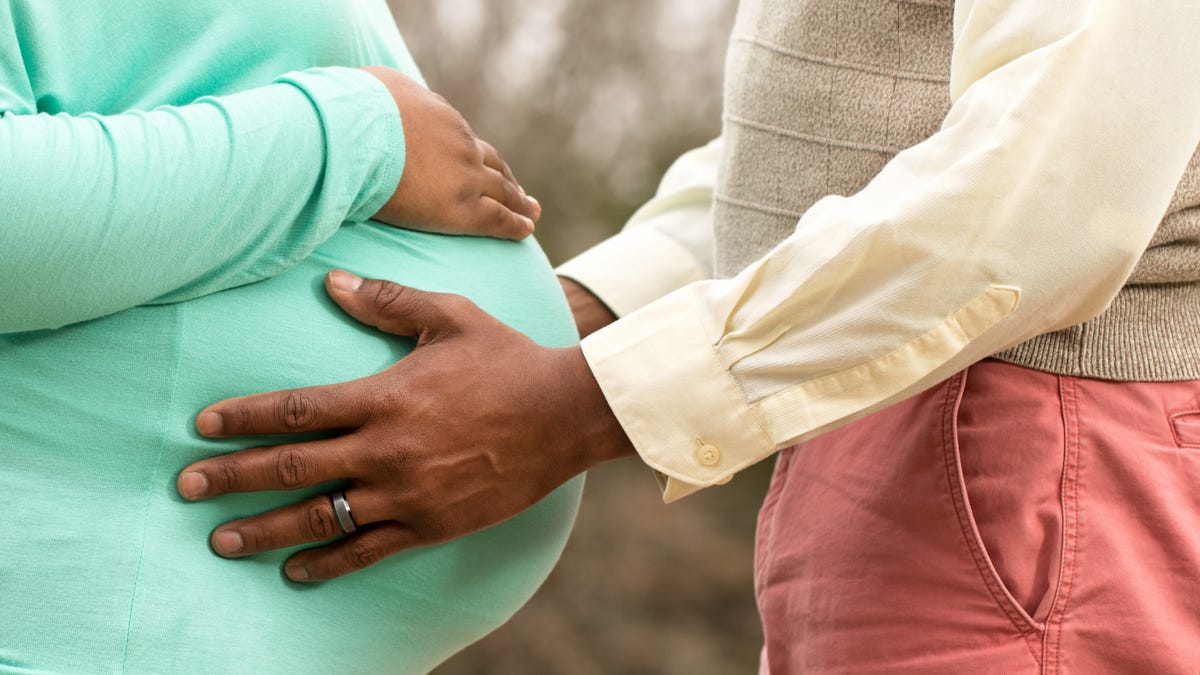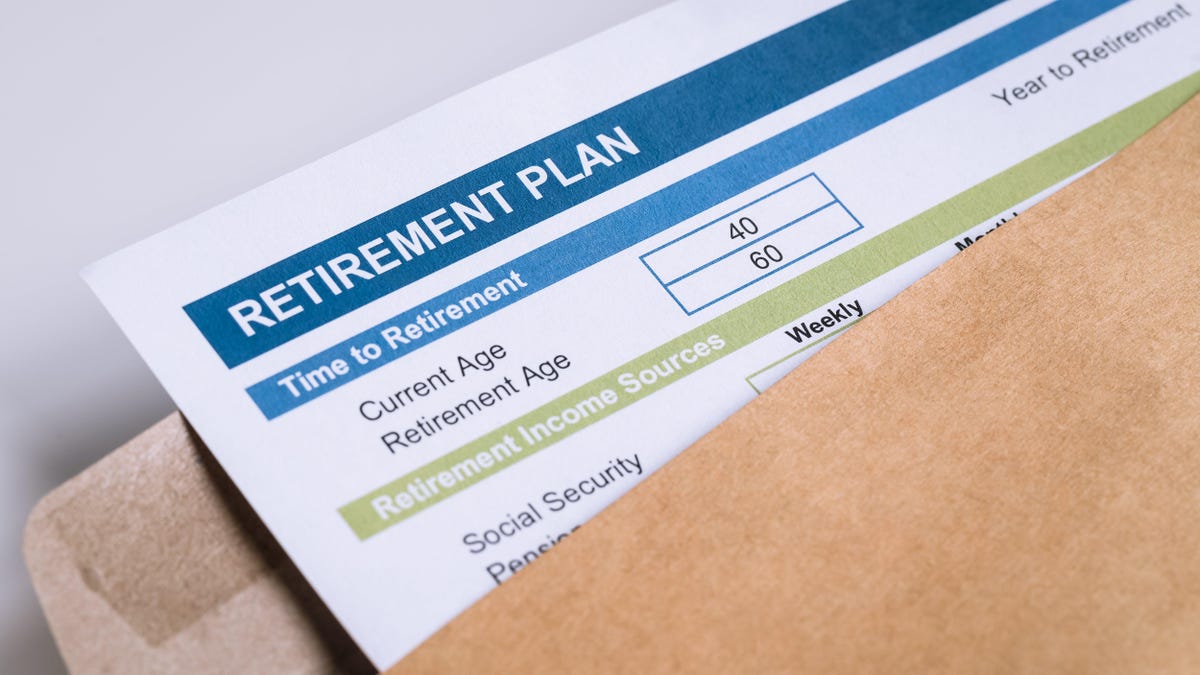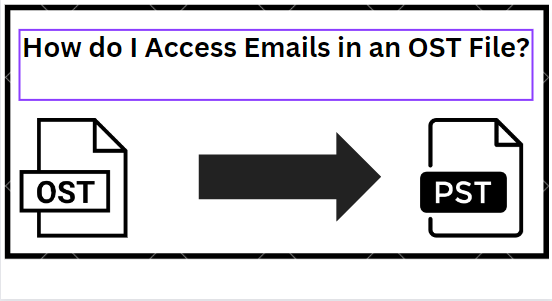How to Improve Your Spatial Awareness (and Stop Bumping Into Stuff)
If you, like me, end up with random bruises from bumping into furniture and struggle to get places without getting lost, the issue might a poor sense of spatial awareness. Spatial awareness is knowing where your body is in...
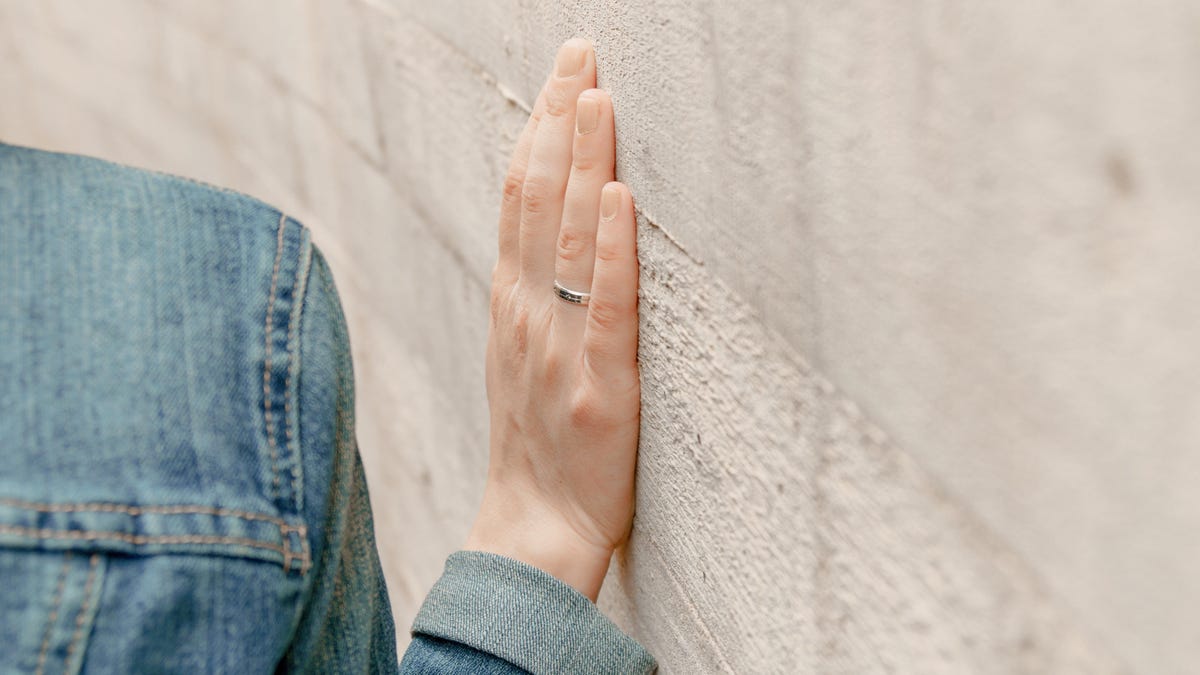

Photo: GotovyyStock (Shutterstock)
If you, like me, end up with random bruises from bumping into furniture and struggle to get places without getting lost, the issue might a poor sense of spatial awareness. Spatial awareness is knowing where your body is in space, which includes where it is in relation to other objects or people. Spatial awareness also includes the ability to visualize things in your mind, being able to predict how objects might fit together, and being able to visualize objects from different perspectives.
Signs of having poor spatial awareness include struggling to pinpoint the location of something; difficulties navigating the environment while walking or driving; issues with identifying how far away an object is; difficulties with reading a map or following directions; confusing left versus right or up versus down; and issues with coordination.
Spatial awareness develops during childhood and, as with so many other skills, exists in a continuum, with some people having a really strong sense of it, while others may struggle. Spatial ability can be affected by a number of disorders, such as partial blindness or autism spectrum disorder.
How to improve spatial ability in children
Spatial awareness develops during childhood. For very young children, it helps to discuss the location and relationship of items; offer directions using terms like left and right, or up and down; talking about relationships of objects to each other; and measuring distances.
G/O Media may get a commission
When kids get older, their spatial awareness can be developed in a number of ways, whether it’s playing on an obstacle course or playground; learning sports or other physical skills; solving jigsaw puzzles; learning arts and crafts; or learning to read a map.
How to improve spatial ability as an adult
Although spatial awareness develops during childhood, it is still possible to improve it as an adult. The key to doing this is finding ways to practice. For example, picking up a hobby such as drawing, painting, or photography can help improve your sense of distance and perspective. Another strategy is take up video games, where you are actively manipulating or moving objects.
More physical ways of developing spatial awareness might include taking up jigsaw puzzles or playing games like chess or pool, which help develop your sense of angles. Research shows that exercising can help, too. Anecdotally, I’ve found that my own spatial awareness improved after taking up boxing, as a number of exercises are specifically aimed at improving coordination.

 Koichiko
Koichiko 







